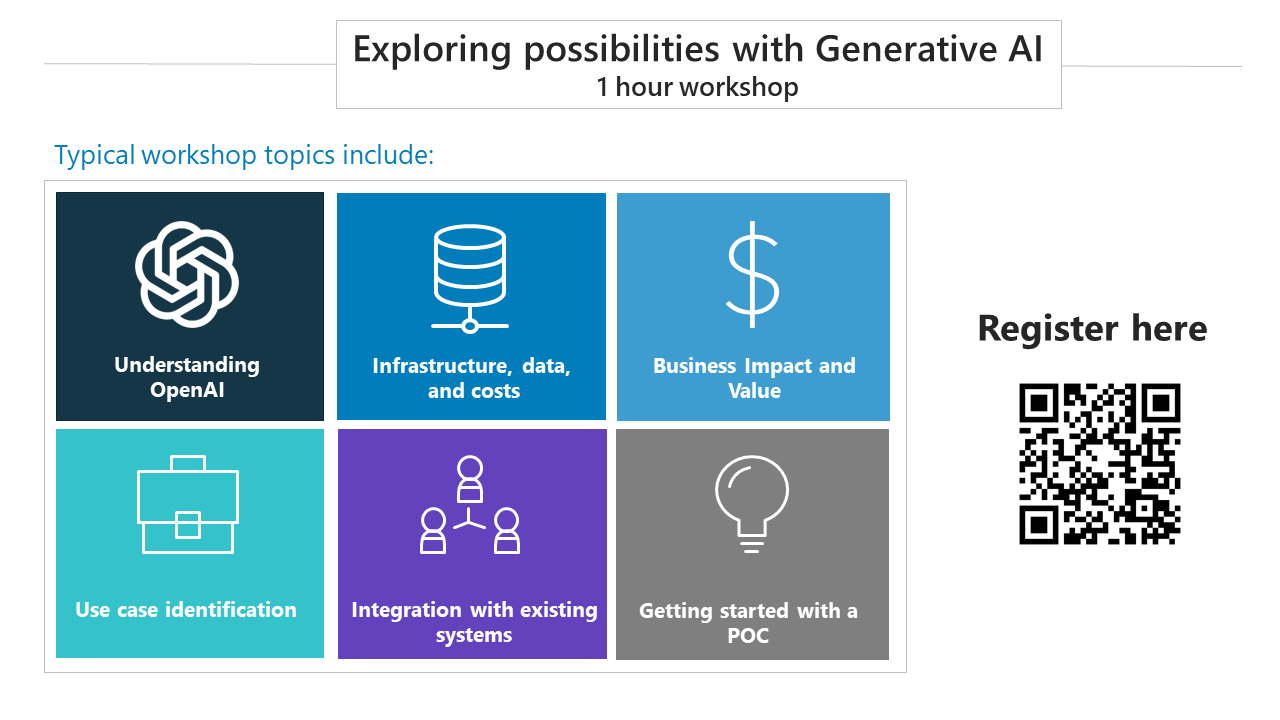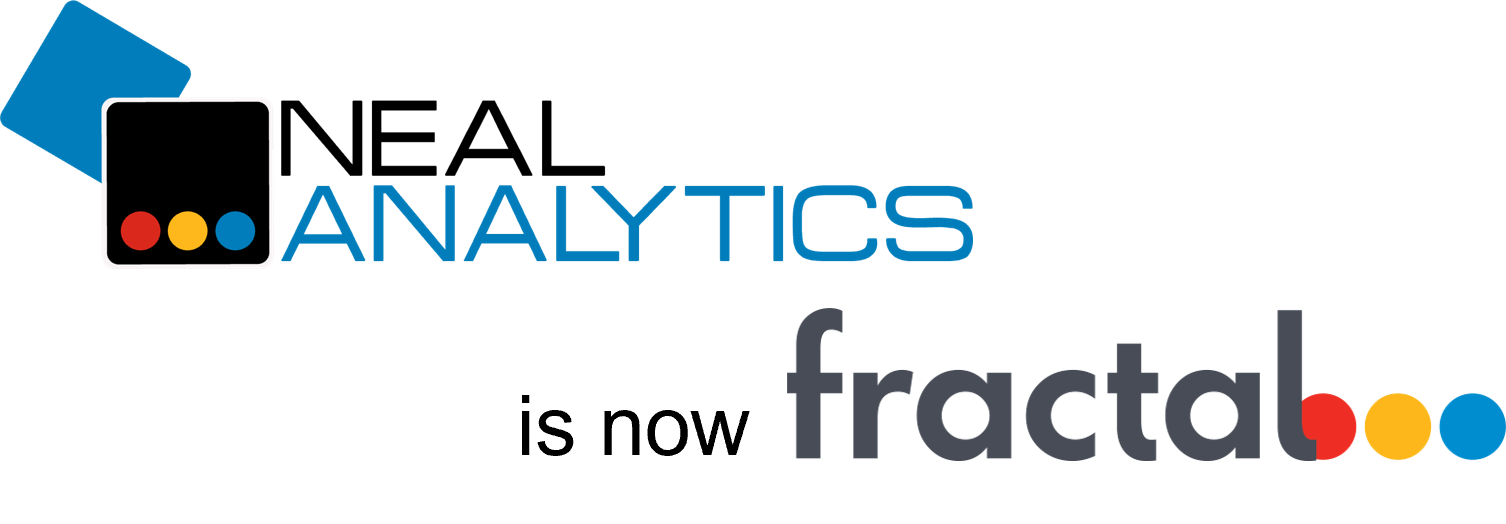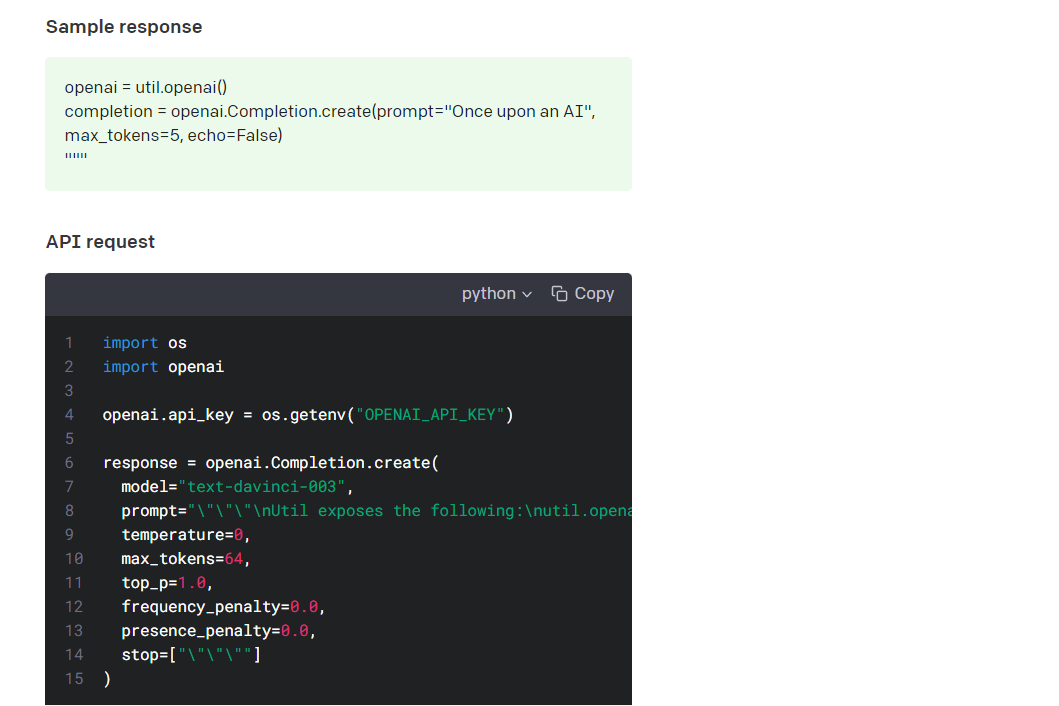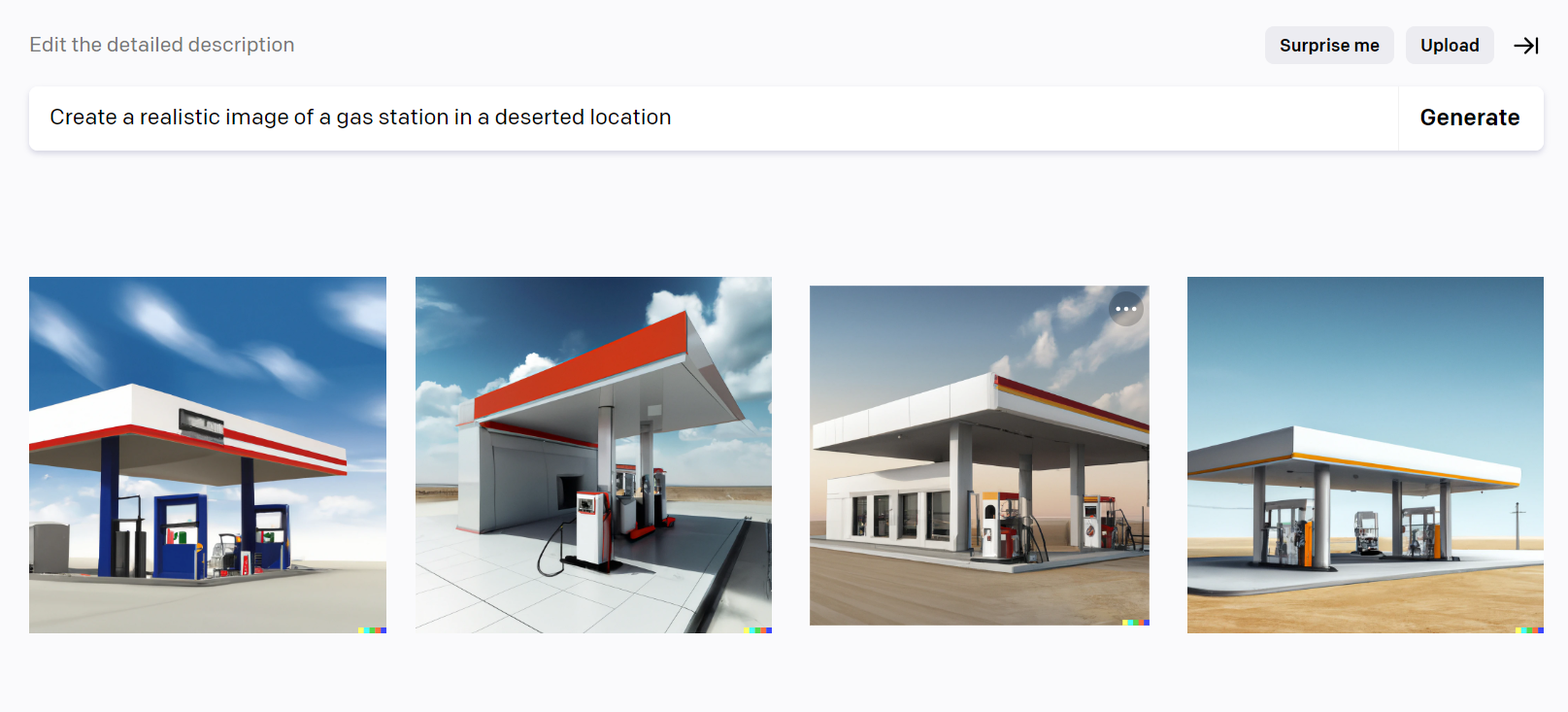Generative AI
Securely experiment with improving your business process speed with Fractal’s Generative AI Azure-based offerings
Introducing Generative AI
Generative AI (or GenAI) refers to a subset of machine learning algorithms that can generate original content, such as images, music, videos, or text, based on a set of inputs (“prompts”) or conditions. These algorithms are designed to learn patterns from data and then use those patterns to generate new content that is similar in style or form to the original data.
Generative AI is different from other forms of AI because it does not rely on pre-existing data to generate output. Instead, it uses algorithms and models that can learn and create new content on its own. OpenAI has played a key role in advancing this technology and making it more accessible to businesses and individuals.
Recent advancements have opened new possibilities for using Generative AI to solve complex real-life business problems, create art, and even assist in scientific research.
Fractal has decades of experience developing and deploying AI solutions at scale. A long-time AI Microsoft Solutions Partner, we can help companies quickly investigate, design, and deploy Generative AI-based solutions today.
How does Generative AI work?
Generative AI works by training machines to learn patterns and create new content based on those patterns. This involves using complex training algorithms and deep neural networks that learn by identifying underlying patterns of its training data. Transformers and GANs (Generative Adversarial Networks) are two popular types of Generative AI models that operate differently.
Transformers use a self-attention mechanism to capture long-range dependencies in the input data, allowing them to generate coherent sequences of text, images, or other types of data. During training, the model learns to predict the next word in a sequence based on the context of the previous words. Once the model has been trained, it can be used to generate new sequences of text by providing an initial seed sequence and then generating new words based on the learned patterns and structures. ChatGPT is an example of a generative transformer model that was trained on a large corpus of text data.
GANs, on the other hand, consist of two neural networks that work together to generate new data that is similar to the training data. During training, the model learns to generate images that match the given text descriptions. Once the model has been trained, it can be used to generate new images based on text inputs. Dall-E is an example of a generative GAN model that was trained on a large dataset of images and text descriptions.
What is OpenAI?
OpenAI platform provides a range of Generative AI pre-trained models that developers can use to build advanced AI-powered applications and services. OpenAI conducts research in various areas, including natural language processing (NLP), reinforcement learning, computer vision, robotics, and more. The organization’s researchers work on developing new algorithms, models, and techniques to improve the capabilities of AI systems, as well as exploring the ethical and societal implications of AI.
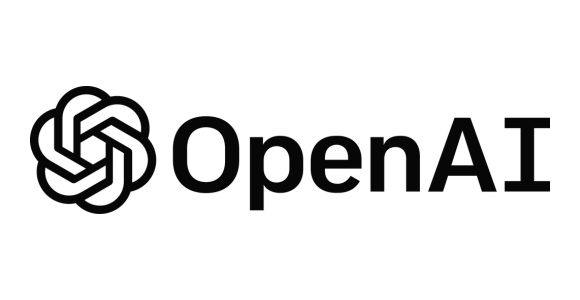
OpenAI’s Generative AI models
OpenAI has developed several generative AI models, each with its own unique capabilities and applications. Here are the most advanced and popular models:
ChatGPT
ChatGPT is an AI-powered chatbot built on OpenAI’s GPT-4 implementation. Unlike earlier versions of GPT, which were only accessible via an API, ChatGPT provides a chat interface with interactive feedback that enables users to interact and fine-tune text responses. Additionally, ChatGPT incorporates the conversation history into its responses, resulting in a more natural conversation flow.
To optimize the results, users can prime a chat conversation with context and content. Optimizing those results has given rise to a new skill since early 2023: Prompt Engineering.
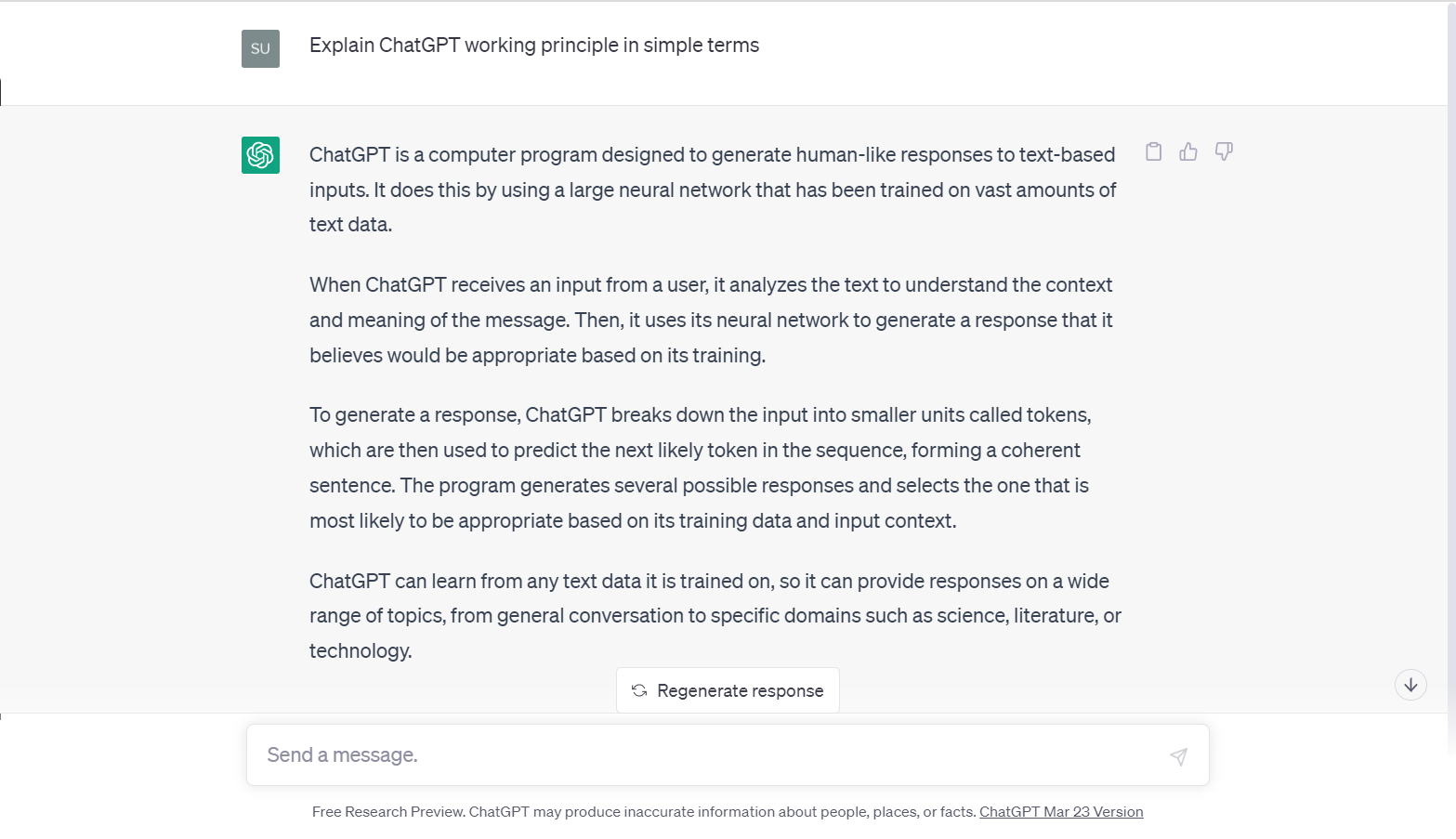
To access the ChatGPT functionality, there are multiple options:
- As a self-service chatbot on OpenAI’s website: chat.openai.com/chat.
- This should be used with caution by companies as the text entered, say a meeting transcript, could be used for further model training. Users should ensure they turn off chat history for conversations they do not wish to be used for model training.
- Fractal discourages the use of this approach for professional use cases dealing with proprietary information without properly ensuring data confidentiality through the OpenAI.
- You can learn more on ChatGPT and how to use it here.
- In your own app by integrating the OpenAI API
- Through Bing Chat, which combines the power of GPT-4, Bing search, and Microsoft-proprietary algorithms: bing.com/chat
- In your own app, as a native Azure OpenAI API that leverages Microsoft internal and private instance of those OpenAI models (therefore protecting your company’s data privacy and security)
- By leveraging Fractal’s Senseforth.ai bot platform-powered and customizable FractalGPT that integrates the Azure OpenAI API and allows you to feature and cost-optimize an internal chat client.
All the various GPT models can be fine-tuned and also accessed through OpenAI’s “playground” interface at platform.openai.com/playground.
Codex
OpenAI’s GPT has also been customized and made available through Azure OpenAI API to specifically help developers code. Codex allows developers to convert plain English instructions into multiple programming languages. It also helps them understand code written by other developers by “translating” the code into plain English. Learn more about Codex here: https://learn.microsoft.com/en-us/azure/cognitive-services/openai/how-to/work-with-code
Dall-E
Dall-E is a multimodal AI application that leverages connections between multiple media types, like vision, text, and audio. Specifically, it links the meaning of words to visual elements. It was developed using OpenAI’s GPT implementation in 2021. A second version, Dall-E 2, was released in 2022, which offers even more advanced capabilities, allowing users to generate imagery in various styles based on user prompts.
The Dall-E model is today accessible freely from multiple sources:
- OpenAI’s own website: labs.openai.com
- Through the Bing Create service: bing.com/create
- As an in-box feature of Microsoft’s new Designer tool: designer.microsoft.com
- Through the Azure OpenAI API
Generative AI use cases
Generative AI has a wide range of potential use cases, some of which include:
- Content creation: Generate different types of content, such as text, images, videos, and music quickly. This can include automatically generating product descriptions, writing news articles, and composing music.
- Personalization: Create personalized experiences for users, such as generating tailored recommendations for products or services based on user data.
- Design: Create designs for products, such as fashion, furniture, and industrial design using Generative AI. Also, it can help generate floor plans and architectural designs.
- Gaming: Generate game content, such as levels, characters, and storylines, using Generative AI to help developers create more dynamic and engaging gameplay experiences.
- Healthcare: Develop personalized treatment plans for patients based on their medical history and symptoms with improved accuracy and reduced time.
- Fraud detection: Detect fraudulent behavior, such as in credit card transactions, by generating models that can identify suspicious patterns and anomalies.
These are just a few examples of the many potential use cases for Generative AI. As research in artificial intelligence continues to advance, it is likely that even more applications will emerge in the future.
Getting started!
Fractal is the best partner to support you during your multi-year Generative AI journey. We are one of the initial Microsoft Azure OpenAI partners with deep connections with the Azure engineering team. We have designed and deployed Azure AI-powered solutions for over ten years and are engaging with multiple clients on active Generative AI projects.
To help you get started now, we offer a free one-hour exploratory workshop (https://go.fractal.ai/GAI-workshop-reg) to help you identify which projects are the most relevant for an initial Proof of concept. As an immediate follow-up to this workshop, we also offer a 30-day engagement (Microsoft may partially fund it) to design and deploy the selected use cases in weeks, not months!
Our workshops are an ideal opportunity for all client stakeholders, including data scientists and business decision-makers, to ask questions and gain a stronger understanding of what the technology is capable of.
